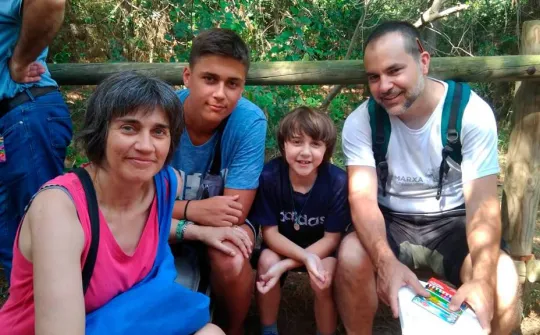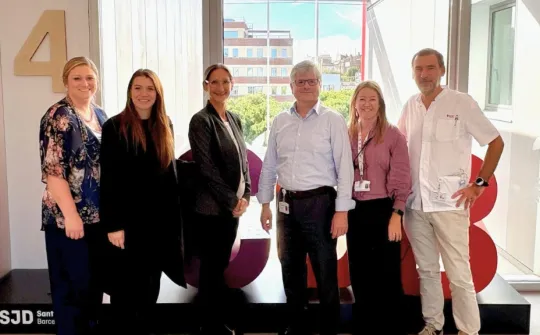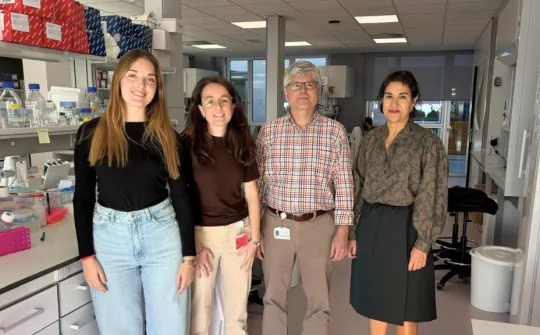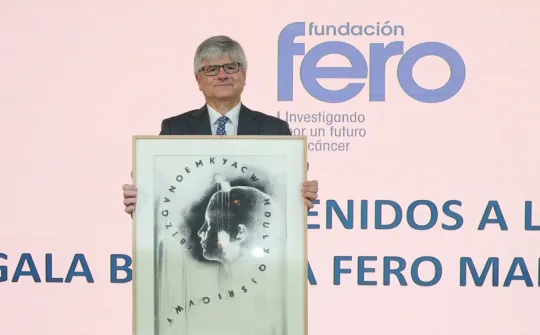Researchers from IRB Barcelona and Sant Joan de Déu unveil the origin of second pediatric cancers
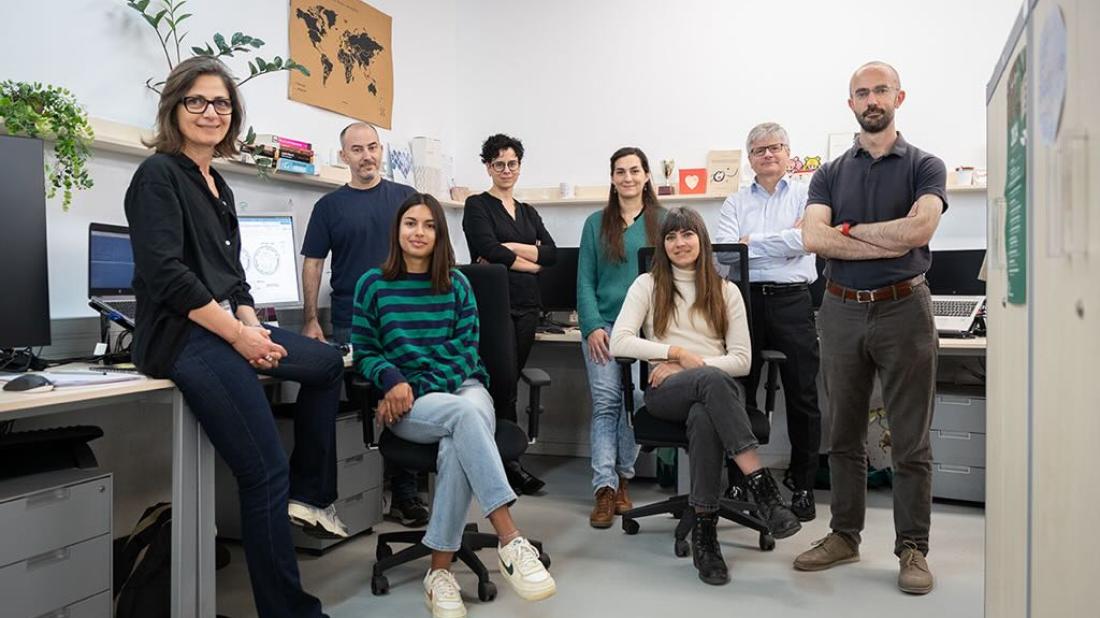
The study focused on exploring the origin of these second cancers, using advanced genome sequencing techniques.
Pediatric cancer, also known as developmental cancer, is rare. Around 400,000 new cases are diagnosed worldwide each year. The likelihood of a child developing two independent cancers during childhood is extremely low. However, such cases do occur, and studying the origin of these second neoplasms not only helps explain these specific cases but also contributes to a better understanding of the origin of pediatric cancer in general.
In a study published today by the Institute for Research in Biomedicine (IRB Barcelona) and the SJD Barcelona Children's Hospital - Institut de Recerca Sant Joan de Déu (IRSJD) in the journal Cancer Discovery, a journal of the American Association for Cancer Research, a team of scientists has made significant progress in understanding the origin of childhood cancer.
Dr Mònica Sánchez-Guixé, first author of the work, is a member of the team led by ICREA researcher Dr Núria López-Bigas and Dr Abel González-Pérez, both at IRB Barcelona. Together with Dr Jaume Mora, at Pediatric Cancer Center Barcelona, they have carried out an exhaustive analysis of clinical cases with two tumours and have identified three distinct patterns that explain the occurrence of the second cancer.
"The study not only clarifies the origin of the highly improbable conditions of these patients but also enhances our understanding of pediatric cancers in general. In the future, this knowledge could contribute to set the treatment and monitoring of young patients," reflects Dr Abel González-Pérez.
The mutational footprint of chemotherapy
The study focused on exploring the origin of these second cancers, using advanced genome sequencing techniques. The results revealed that cancer therapies, specifically those based on platinum, introduce mutations (changes in DNA) in the second tumour and the healthy tissues of children. This specific mutational footprint contributes to our understanding of when the second cancer formed.
In short, one of the patients in the study developed leukemia (or blood cancer) four years after undergoing chemotherapy for the treatment of a first tumour (sarcoma) in one leg. The mutational patterns found revealed that leukemia developed subsequently to this treatment.
"Although we know that the chemotherapy received years earlier is related to the development of the second cancer, we cannot determine whether this cancer has been caused by the mutagenic action of the chemotherapy or by other factors. Either way, these therapies increase the number of mutations in children's bodies beyond what would naturally accumulate over time, which makes us wonder how they could affect their health in the future," explains the first author of the study, Dr Mònica Sánchez-Guixé, a postdoctoral researcher at IRB Barcelona.
Early mutations of independent events
Another key discovery made by the study is that, in the case of one patient, both tumours (the first, and the second, which manifested 8 years later) developed from a single mutation that the child had acquired at an early stage of embryonic development, long before receiving any cancer treatment.
In two other cases, the researchers found that the two tumours had a completely independent origin. In these cases, the two mutations that led to the two pathologies probably also occurred during embryonic development, but as two separate events that evolved independently.
The importance of sharing clinical data to propel research
Progress in medical research, especially in complex and critical fields such as cancer, largely depends on the availability and analysis of clinical data. Particularly in the case of rare diseases (developmental cancer being one of them), the lack of data is one of the major obstacles in their research, as it limits scientists' ability to identify patterns, test hypotheses, and develop effective therapies.
The decision of patients and families to share this very personal and sensitive information is an act of generosity that has the potential to transform research and save lives. "This study would not have been possible if the parents of the patients had not shown total commitment to research throughout their journey. First, by authorising the use of their children's samples for further investigation. Second, their authorisation of the study of autopsy samples in cases of death Is an extraordinary act of generosity that reflects their firm commitment to continue helping those affected in the future. This conviction is what has driven the creation of the Pediatric Cancer Center Barcelona," adds Dr Jaume Mora, scientific director of this centre of the SJD Barcelona Children's Hospital and coordinator of the Pediatric Cancer Programme at IRSJD.
"This study not only contributes significantly to our understanding of pediatric cancer but also emphasises the importance of improving treatments, with patients´ futures in mind, ensuring not only their survival but also their long-term quality of life," says Dr Núria López-Bigas, ICREA researcher at IRB Barcelona.
The research was supported by funding from the European Research Council, the Biomedical Research Networking Center in Cancer (CIBERONC), the Ministry of Science and Innovation (MCIN), Cancer Research UK, the National Cancer Institute, Contra el Cáncer Association, and donations from the parents and foundations supporting the research conducted at the Pediatric Cancer Centre Barcelona.
